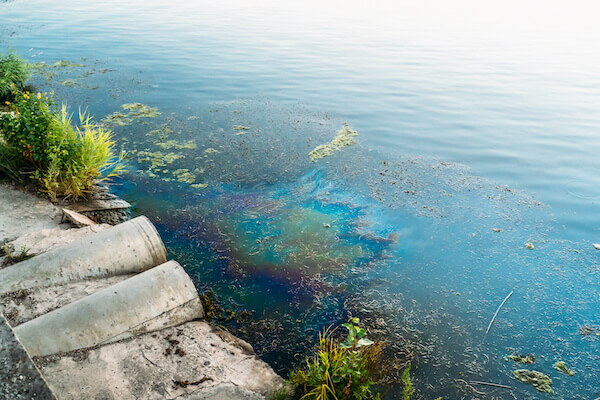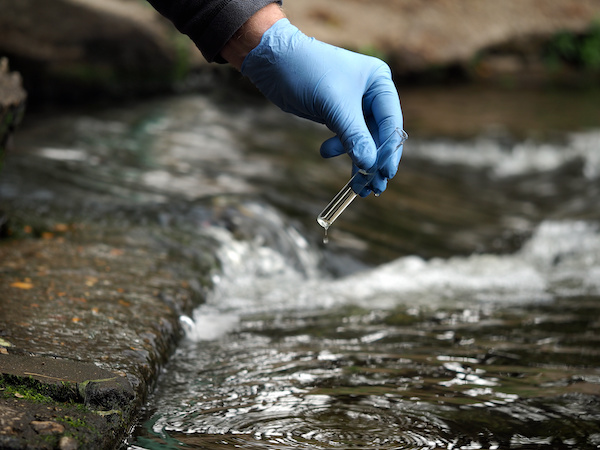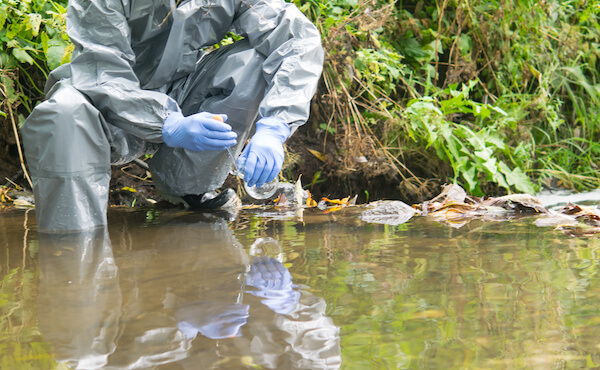Water quality can mean different things to different people and therefore depends on what standard of quality one is looking for, for example, water may be fine for fish to live in but lack the quality required for human consumption.
To measure the quality of water accurately, tests are carried out to identify several key indicators. These characteristics are then compared to numeric standards and guidelines in order to decide if the water is suitable for a particular purpose. The assessment of the quality of water can be divided into three categories; biological, chemical, and physical.
Biological
Biological attributes refer to the number and types of organisms that inhabit a waterway. Simply put; the poorer the quality of water, the fewer the number and types of organisms that can live in it. Biological conditions also take into account what type of organism is living in the water, as some species are more sensitive to chemical and physical changes in their habitat than others. For example, if a water-based organism that is extremely sensitive to pollution is present in a waterway, then it is likely that the waterway has low levels of pollution.
Chemical

Chemical attributes refer to the aesthetic qualities of water such as how it looks, smells, and tastes. Chemical parameters are used to measure the levels of pH, chemicals, metals and total dissolved solid levels. These measurements can detect imbalances in the ecosystem, whether or not certain pollutants are present, and the levels of contamination. The reasons for contamination can also often be deciphered from these measurements. For example, high levels of acidity could be the result of acid mine drainage.
Physical

Physical attributes refer to the structure of a waterway. Measuring a waterway’s physical attributes can give an insight into its condition. For example, changes in temperature may indicate the presence of certain effluents, while changes in stream width, depth, and velocity, turbidity, and rock size may indicate dredging in the area. Measurements of physical attributes can also serve as indicators of some forms of pollution.
Different uses raise different concerns and therefore different standards are considered. Water that is tested for human consumption will have to meet the strictest requirements.
The importance of clean drinking water

According to the World Economic Forum, 840,000 people die each year because they do not have clean reliable drinking water, while 2.5 billion people lack access to improved sanitation. Furthermore, nearly 80% of all illnesses in developing countries can be traced back to lack of clean water and sanitation. Some of the diseases caused by contaminated water include cholera, typhoid, and dysentery.
There is also the environmental impact of not having a drinkable water supply. Millions of people worldwide rely on bottled water as their only source of clean water. Each plastic drinking water bottle takes hundreds of years to biodegrade, while the production and recycling of these bottles pollutes the environment with toxic carcinogens. When water is cleaned and free of contaminants, additives, bacteria, and viruses, people are less likely to rely on bottled water.
Human behaviour is the main cause of poor water quality. Increases in areas such as mining and construction can accelerate the negative impact they have on nearby waterways. This makes measuring water quality more important than ever.
